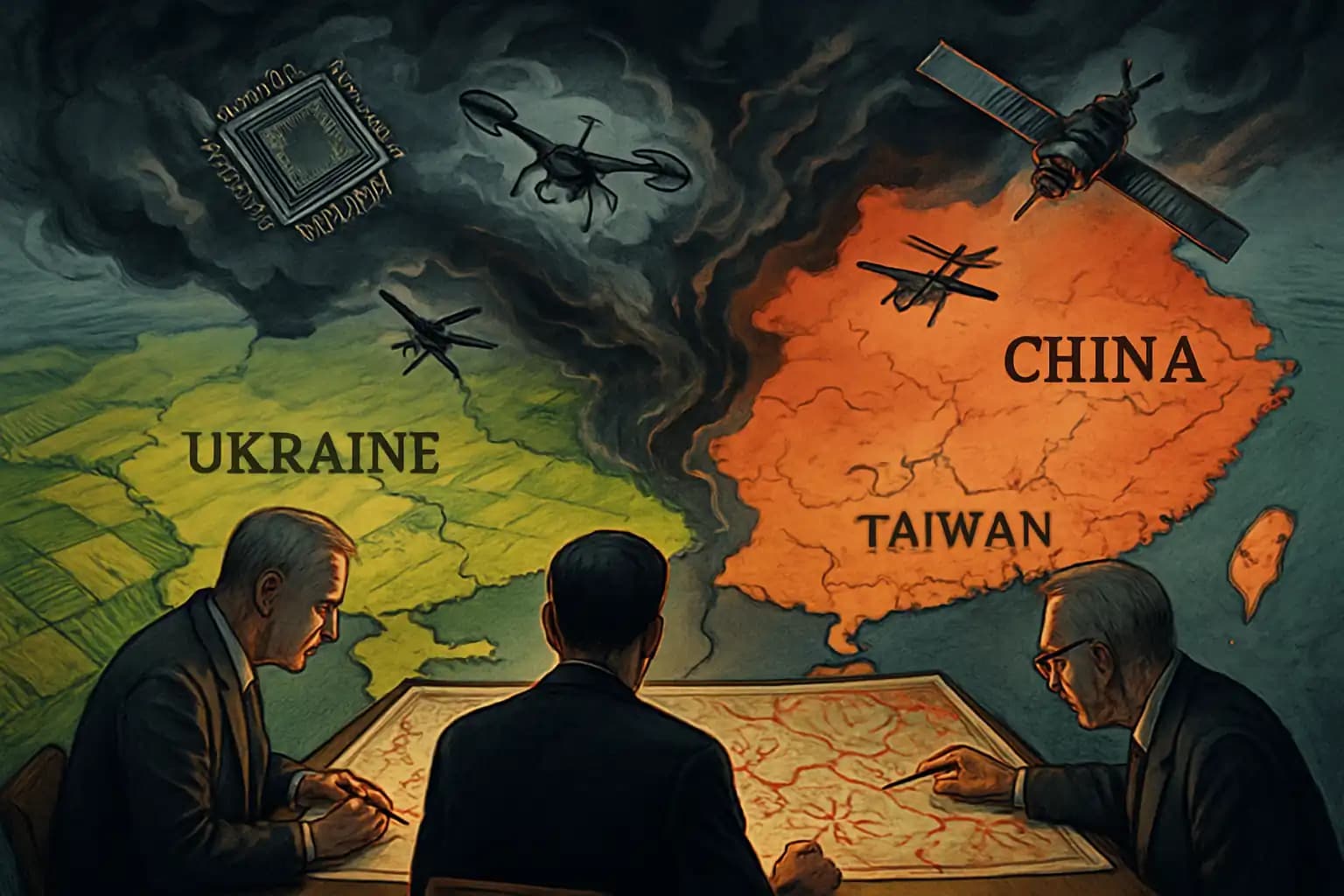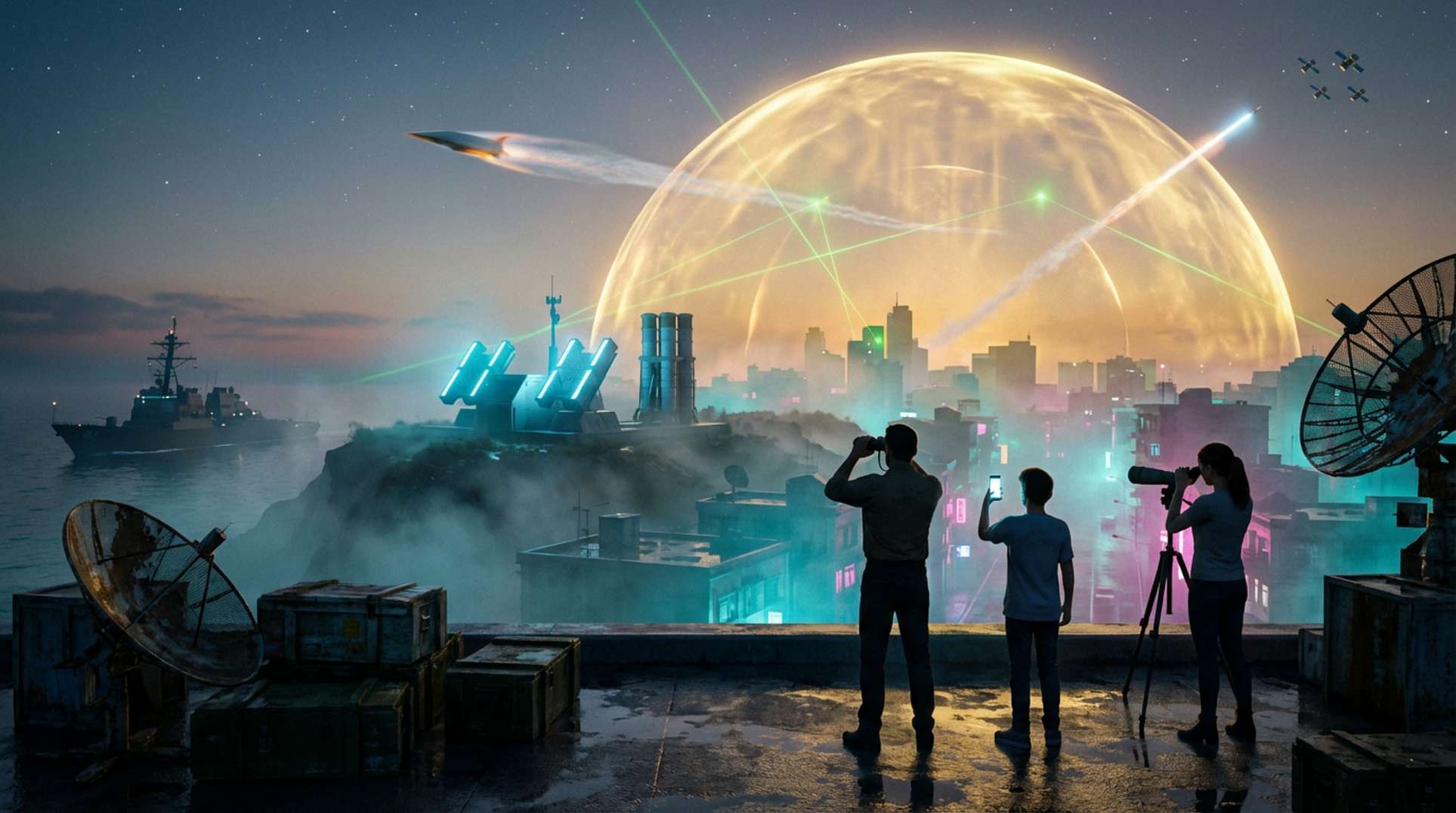One thing keeps authoritarian planners awake at night: their rivals’ televised humiliations. As Ukraine’s defenders stymie the Russian advance, strategists in Beijing absorb lessons with cold calculation. The message is clear: the era of easy blitzkrieg—invasions that topple governments in days—is over. An attempted move on Taiwan would be a bloody, costly, and unpredictable gamble.
This new reality is stark in the conversations among China’s military and political elite, whose every move gets scrutinized by the global defense community and evaluated in expert analyses like this PBS NewsHour special. Chinese planners run exercises off Fujian and rehearse amphibious landings. Ukraine’s dogged resistance and the West’s surprising unity on sanctions have forced Beijing’s hand, especially as they eye Taiwan—a mountainous island made tougher by lessons from the muddy fields and devastated cities of Eastern Europe.
China’s Playbook: Adaptation, Not Imitation
Forget carbon-copying Russia’s invasion. As summarized in a far-reaching academic analysis of China’s learning curve, Beijing’s generals recalculate every variable—logistics, propaganda wars, electronic warfare, and Western intervention. Prolonged fighting in Ukraine shows that international resolve and advanced weapons can turn a perceived pushover into a quagmire. Xi Jinping’s regime, which fears vulnerability like preppers fear a coronal mass ejection, has shifted from whispers of a quick strike to a careful, multipronged approach. This approach blends coercion, technology, and gray-zone tactics.
The economic shockwaves from the Ukraine crisis haven’t gone unnoticed. Global risk assessments highlight supply chains and trade bottlenecks, echoed by chilling warnings like those in critical grid-down scenario analyses. Any cross-strait conflict would choke off microchips and technology that the world cannot do without. The game has evolved from just tanks to semiconductors, satellite surveillance, and enduring global fallout.
Taipei’s Dilemma: Preparing for the Worst, Learning from the Best
From the bunkers beneath Taipei to military academies analyzing drones and HIMARS systems, Taiwan watches Ukraine’s “porcupine strategy” closely. The Taiwanese recalibrate defense, stockpile anti-ship missiles, and assess every possible red line, as explored in the Global Taiwan Institute’s deep dive. Are they ready? Politically, the war has reignited debate around the U.S.’s “strategic ambiguity”—would America assist Taiwan, or would “peace in our time” leave the island vulnerable? These chilling uncertainties resemble hardwired disaster fears seen in solar catastrophe investigations and doomsday prepping alike.
What’s certain is that Taiwanese resolve has strengthened. Civilians have launched readiness campaigns amid expanded mandatory conscription, similar to the mobilizations during recent global crises. The shadow of the Ukraine war—its trench warfare and drone dogfights—pervades Taiwan’s news cycles. Analysts note these events have ended hopes for an “easy war” and forced both sides to reconsider “gray zones” of psychological warfare, cyberattacks, and economic sabotage—areas where the modern world is already dangerously exposed.
Global Stakes: The Next Domino, or Last Redoubt?
Why does this matter beyond Taipei and Beijing? The world, reliant on smooth supply lines, phones, and cars, risks going dark. The Taiwan Strait is ground zero for a microchip apocalypse if war erupts—a threat anyone who remembers major infrastructure outages knows all too well. The ripple effects, explored in negotiations analyses for global crisis scenarios, stretch from Wall Street to undersea internet cables, impacting Silicon Valley and European capitals alike.
It’s no coincidence that world leaders are focusing intently on resilience, both digital and physical. Recent military studies, echoing deep risk analyses like those in coverage of China’s Moon robotics, stress the necessity for unbreakable tech and supply chains amid kinetic and cyber threats. Everyone aims to avoid the domino—Taiwan—that could pull the rug out from the global economy.
Unresolved, Unpredictable: Cross-Strait Relations in the 21st Century
Decades of saber-rattling and economic cross-pollination have left the Taiwan Strait as one of the hottest flashpoints on Earth. Cross-Strait relations remain tangled in Cold War logic, ambiguous armistices, and legal shadow-boxing. The specter of force, contested airspace, and “gray zone” confrontations keeps the crisis simmering below the rhetoric. Beijing’s insistence that Taiwan is a renegade province clashes with Taipei’s defiant turn toward democracy, offering little hope for a clean diplomatic resolution.
Ukraine, despite its distance, has become the testing ground for every future war scenario in Asia. It foreshadows what might unfold if global red lines snap and preppers’ worst-case predictions come to life. As we observe politicians strategizing their next moves and generals updating doctrine, one truth stands stark—whether war comes to Taiwan or not, the world is reshaping itself in the shadow of Ukraine’s burning fields.
For in-depth speculation, breaking news, and unfiltered takes on global inflection points, explore wildcards and paradigm shifts at Unexplained.co. If Ukraine is a rehearsal, Taiwan increasingly looks like the main event.




